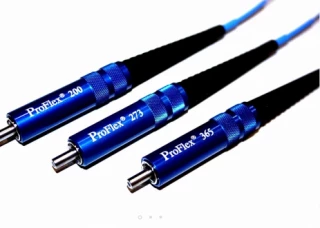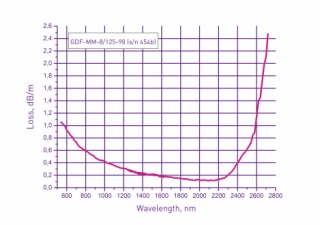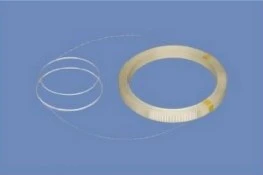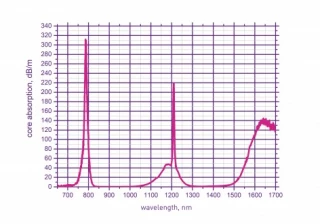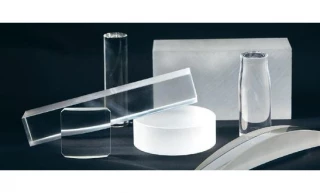Optical Fibers
Frequently Asked Questions
What are optical fibers used for?
Optical fibers are used in a wide range of applications, including telecommunications, data transmission, medical equipment, industrial automation, and scientific research. They are ideal for transmitting information over long distances due to their low signal attenuation and high bandwidth capabilities.
What is the difference between single-mode and multimode optical fibers?
Single-mode fibers have a smaller core diameter than multimode fibers, which allows them to transmit light over longer distances with less signal loss. Multimode fibers have a larger core diameter, which allows them to transmit more light but over shorter distances. The choice between single-mode and multimode fibers depends on the specific application requirements.
What is the refractive index of an optical fiber?
The refractive index of an optical fiber is a measure of how much the speed of light is reduced when it passes through the fiber. The refractive index is typically around 1.5 for silica-based optical fibers and can vary depending on the type of fiber and the wavelength of the transmitted light.
How do I choose the right optical fiber for my application?
Choosing the right optical fiber depends on several factors, including the desired transmission distance, bandwidth requirements, and the type of signal being transmitted. It's important to consider these factors and consult with a knowledgeable supplier to determine the optimal fiber for your specific application.
What is the maximum data rate that can be transmitted over an optical fiber?
The maximum data rate that can be transmitted over an optical fiber depends on the fiber's bandwidth, dispersion, and length. In general, modern optical fibers can transmit data rates in the terabits per second (Tbps) range, making them ideal for high-speed data transmission applications.
What is fiber optic fusion splicing?
Fiber optic fusion splicing is a process of joining two optical fibers together by melting their ends with an electric arc and fusing them together. This method provides a low-loss connection that is ideal for long-distance transmissions and high-data-rate applications.
What is fiber optic attenuation?
Fiber optic attenuation refers to the loss of signal power that occurs as light travels through an optical fiber. This loss can be caused by factors such as absorption, scattering, and reflection, and can affect the quality of the transmitted signal.
What is the difference between multimode step-index and graded-index fibers?
Multimode step-index fibers have a uniform refractive index profile, while graded-index fibers have a varying refractive index profile that decreases towards the edge of the fiber. This allows graded-index fibers to reduce signal distortion and improve bandwidth over longer distances, making them suitable for high-speed data transmission applications.
FindLight's Fiber Optics Optical Fibers page offers a comprehensive selection of fiber optic cables and optical fibers for use in a variety of applications. Our collection includes the latest and most reliable options, from single-mode to multimode fibers, to help you achieve optimal performance. Whether you're a researcher, engineer, or technician, our page provides the right tools to fit your needs. Browse our selection today and find the perfect optical fibers for your requirements.
